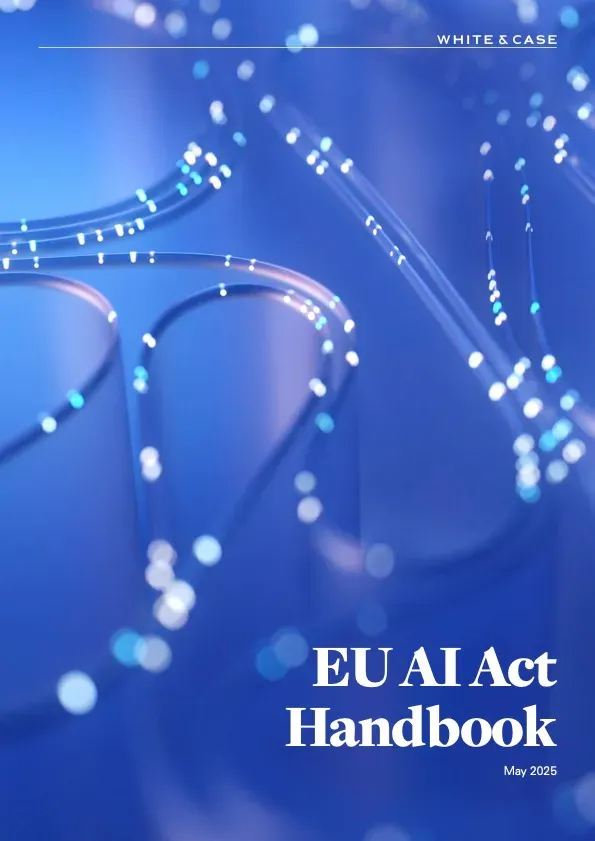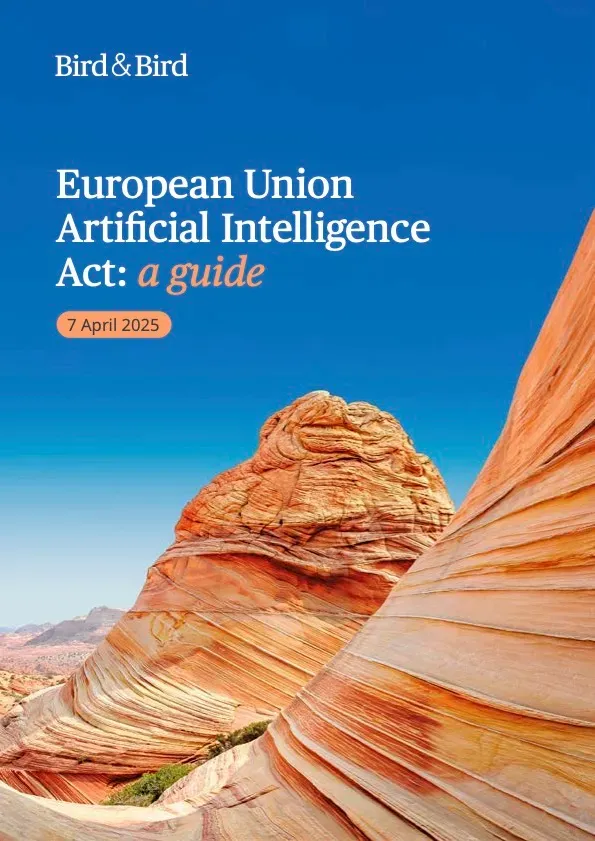✒️ Foreword
The EU AI Act was supposed to be the “fixed point” in an otherwise chaotic AI landscape.
Then the European Commission announced significant changes — and suddenly, even the anchor is moving.
That’s why this issue is a special edition dedicated entirely to the EU AI Act: not as a piece of legislation to admire from afar, but as a living framework you actually have to implement while the ground is still shifting.
The Act is still the most comprehensive and far-reaching AI regulation in the world. Its risk-based logic, global reach, and focus on fundamental rights make it the reference point for everyone else. But that ambition comes with a price: complexity, ambiguity, and a very real risk that organizations freeze instead of acting.
To counter that, this issue leans hard into the practical side.
You’ll find a hands-on handbook that demystifies the Act’s core concepts, a landscape guide that puts the law in a global context, and an official four-step checklist that helps you work out what the Act actually wants from you. We also look at an independent certification blueprint for AI deployers — a preview of what “provable compliance” might soon look like — and a playbook on AI literacy, reminding us that governance is ultimately about people, not just models and logs.
The question running through all of it is simple:
In a world where the rules are evolving, can you turn the EU AI Act from a regulatory headache into a strategic advantage?
— Kuba
Curator, AIGL 📚
☀️Spotlight Resources

EU AI Act Handbook
What it is: A comprehensive handbook by White & Case (May 2025) that provides pragmatic guidance to help businesses navigate the EU AI Act’s complex, evolving requirements.
Why it’s worth reading: It emphasizes practical compliance over legal theory, offering actionable guidance on ambiguous areas of the law. The authors tackle vague definitions and uncertain obligations head-on, reasoning by analogy from other EU regulations to suggest likely interpretations where the AI Act is unclear . If you’re struggling with questions like what counts as an “AI system” or how to handle general-purpose AI models under the Act, this handbook delivers clarity grounded in real-world experience .
Best for: Busy legal counsel, compliance officers, and business leaders who need a clear, no-nonsense map to prepare for AI Act compliance .

Navigating the EU AI Act Landscape
What it is: A thorough guide by law firm Bird & Bird (updated April 2025) that breaks down the EU AI Act’s key concepts, risk framework, timelines, and obligations in an accessible way .
Why it’s worth reading: This guide frames the AI Act as a pioneering, risk-based framework that could set a global benchmark for AI governance (a potential new “Brussels effect”) . It clearly explains the law’s broad scope — many provisions apply even to non-EU providers if their AI outputs are used in the EU . The authors walk through how AI systems are categorized by risk level (from minimal to high-risk) and what each tier means in practice, spotlighting the Act’s emphasis on transparency, accountability, and fundamental rights . With chapters covering everything from prohibited practices to regulatory sandboxes, it’s a one-stop primer on what the AI Act requires and what’s coming next.
Best for: Policy, compliance, or tech professionals seeking a comprehensive yet approachable overview of the EU AI Act’s structure and global impact.

Four Steps to EU AI Act Readiness
What it is: An official guide (Version 1.1, Sept 2025, published by Dutch authorities) that distills the EU AI Act into four practical steps, helping organizations identify an AI system’s risk category, determine if it’s considered “AI,” understand their role (provider or deployer), and map out the required obligations .
Why it’s worth reading: This guide offers a refreshingly practical checklist approach to compliance. It even starts with assessing risk before asking if something counts as AI – a twist that ensures you consider potential impacts up front . Each step is clearly explained so you can quickly figure out what the AI Act means for your specific situation. That clarity ensures you’re not caught unprepared, especially given the law’s phased rollout (most rules hit in 2026, but some high-risk AI practices were banned as early as Feb 2025) .
Best for: Business owners, compliance leads, and project managers who want a straightforward, step-by-step checklist to prepare for the AI Act.


